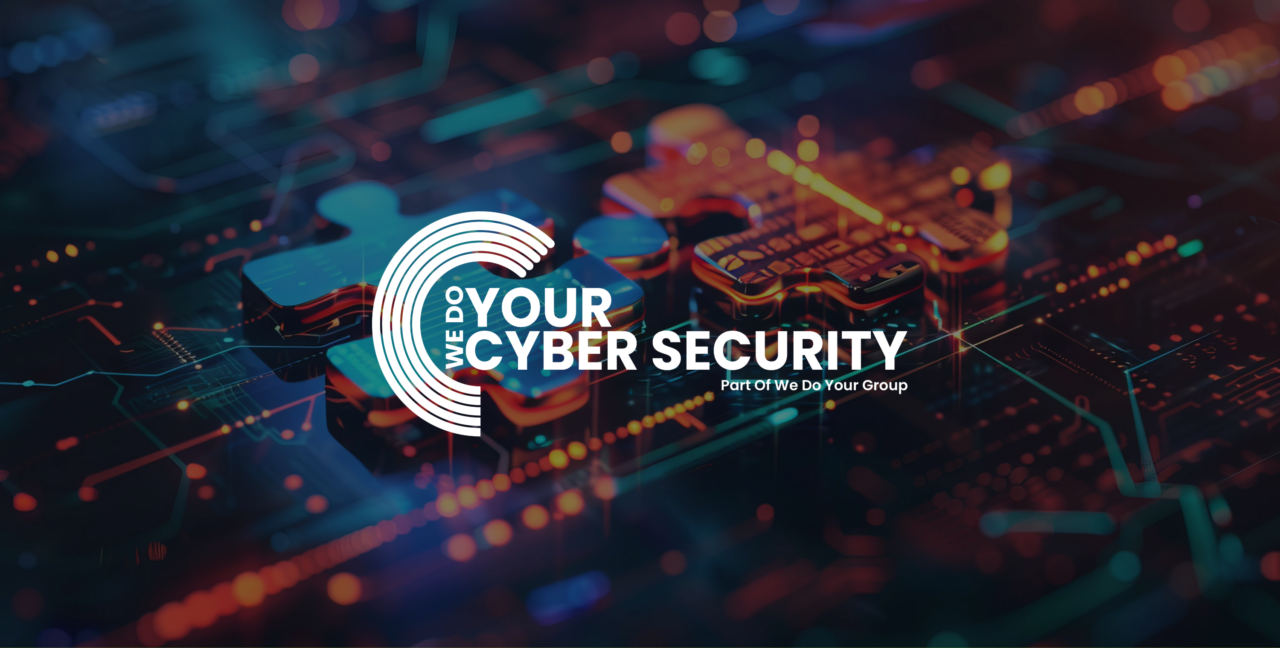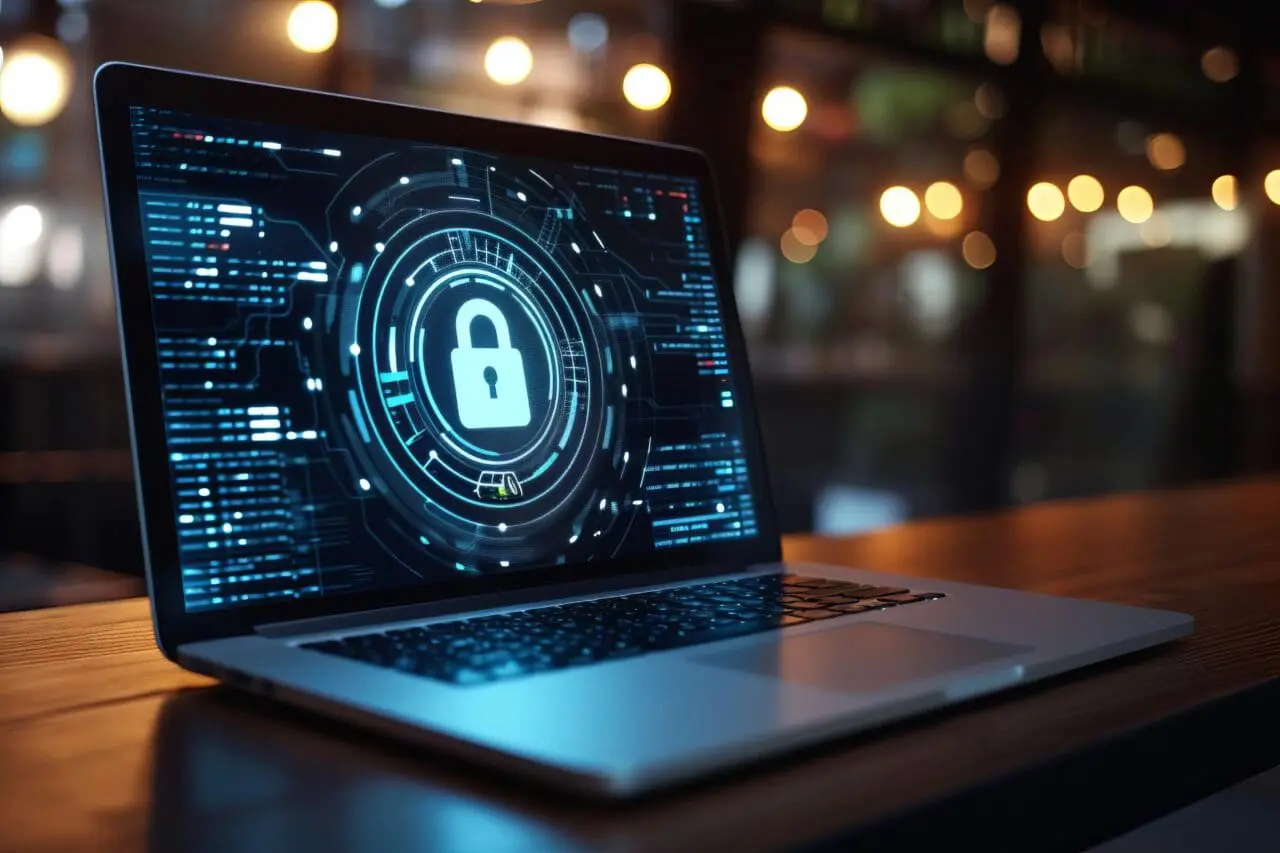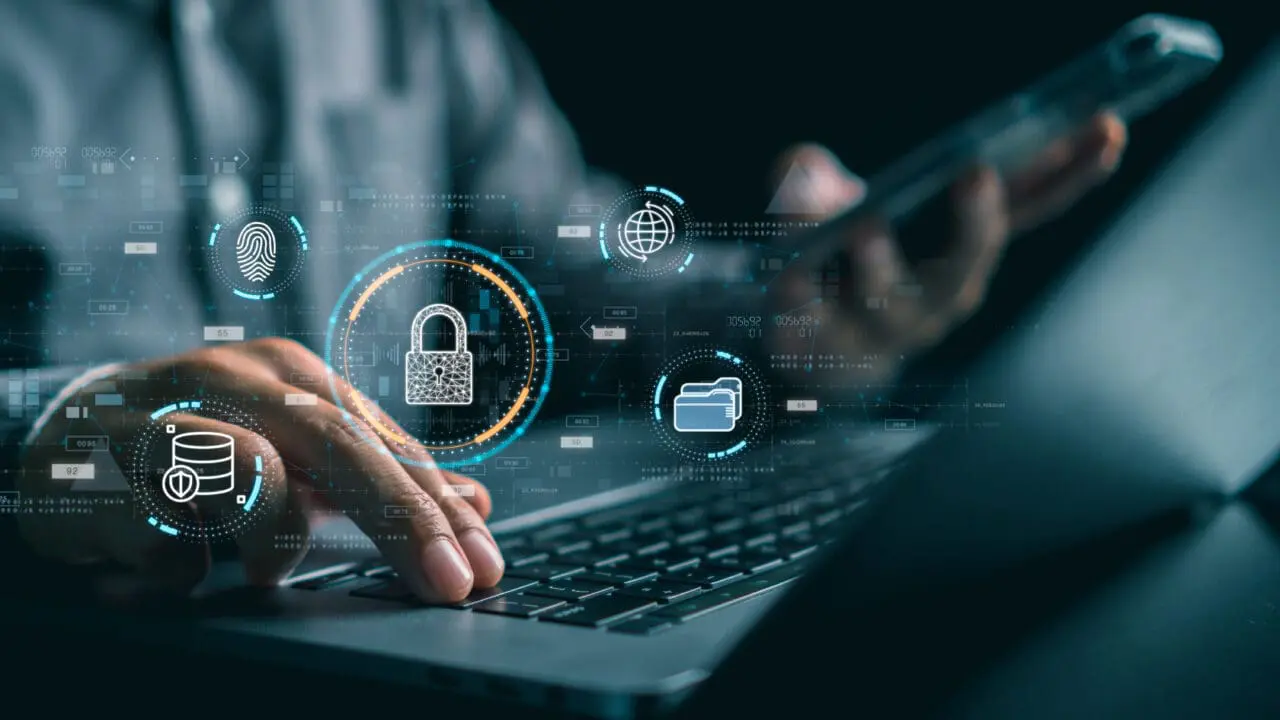

Neglected or “forgotten” domains can serve as a goldmine for cybercriminals, creating a backdoor for phishing and spoofing attacks. These domains, often omitted in cybersecurity strategies, act as a weak link in an organisation’s digital defences. In the absence of robust protocols like DMARC and DMARC TXT records, these inactive domains become vulnerable targets for exploitation. Attackers can misuse them to impersonate legitimate entities, risking not only sensitive data but also eroding trust and damaging an organisation’s online reputation. Ensuring robust security measures for all domains, active and dormant, is vital to defend against sophisticated cyber threats and uphold compliance standards for the domain owner. Don’t forget to review existing DMARC records, configure email messages properly, and secure mail servers effectively.
Implementing Domain-based Message Authentication, Reporting, and Conformance (DMARC) emerges as a critical strategy in bolstering cybersecurity defences. By enabling email authentication protocols, DMARC helps organisations authenticate the legitimacy of their email messages, significantly reducing the risk of phishing and spoofing attacks. This level of security is particularly vital in today’s digital landscape, where cybercriminals relentlessly seek vulnerabilities in unattended domains. DMARC’s role extends beyond just protection; it’s a cornerstone in maintaining compliance with stringent data protection regulations, ensuring trust with customers, and preserving the integrity of the brand. Effective DMARC deployment across all domains—active or dormant—thus stands as a non-negotiable pillar in the quest for comprehensive cybersecurity. DMARC reports play a crucial role in monitoring email traffic and identifying potential threats, while a well-defined DMARC policy enhances security by specifying how to handle email messages from unauthorised IP addresses.
In the vast digital world, dormant domains hold a crucial yet often overlooked role in an organisation’s online presence. These inactive domains are typically excluded from regular security measures, making them prime targets for cybercriminals. By implementing Domain-based Message Authentication, Reporting, and Conformance (DMARC), which checks against existing DMARC records, a protective shield can be established around these forgotten assets. DMARC verifies the source of email messages, ensuring they are not misused. This not only prevents phishing and spoofing attempts but also enhances the organisation’s security. Securing dormant domains with DMARC is a strategic move that addresses a significant vulnerability to cyberattacks, safeguarding all aspects of an organisation’s digital domain against evolving threats.
In the intricate web of modern cybersecurity, small oversights in email messages can lead to large vulnerabilities, especially for businesses navigating the digital landscape. Cyber threats are not always ostentatious or easily detectable; often, they exploit the minutest details – such as neglected domains that companies forgot they owned. These domains become the perfect launchpad for cybercriminals to initiate phishing and spoofing attacks, leveraging the business’s credibility against it. The lack of robust security measures like DMARC TXT records for these dormant domains exposes businesses to potentially devastating cyber attacks. In today’s digital age, where the integrity of your digital presence can make or break your reputation, securing every nook and cranny of your digital estate is not just a technical necessity but a fundamental aspect of maintaining trust, compliance, and brand integrity. DMARC enables domain owners to authenticate their emails using SPF (Sender Policy Framework) and DKIM (DomainKeys Identified Mail), providing visibility through DMARC reports to safeguard against email fraud.
In the complexities of the digital realm, every aspect of an organisation’s online presence, including its inactive or less visible domains, is vital for data protection compliance and stakeholder trust. With stricter regulations and the link between cybersecurity breaches and trust erosion, safeguarding every domain is not just a defense strategy but a business imperative. Failing DMARC authentication exposes vulnerabilities. Implementing DMARC enhances email source authentication, reducing phishing risks. Domain owners should enable DMARC using a TXT record. Enhancing existing DMARC records can be done through a third-party service. This robust cybersecurity approach goes beyond basic protection, demonstrating a commitment to privacy and data integrity standards, reinforcing trust in the evolving digital landscape.
In an era dominated by digital communication, the rise in email fraud poses a significant threat to organisations worldwide. Phishing and spoofing attacks, often originating from forgotten or poorly secured domains, not only jeopardise sensitive data but also violate compliance with strict data protection regulations. Implementing robust cybersecurity measures, including DMARC policies and records, is crucial. DMARC’s role in authenticating email sources and verifying communications is vital in combating these risks. To address the evolving cyber threats and the rigorous demands of data protection laws, ensuring that every domain—whether active or dormant—employs fail dmarc authentication, various authentication methods, and third-party services is essential. This approach is key not only for data protection but also for upholding the trust of customers and stakeholders in today’s digital environment.
DMARC records play a pivotal role in bolstering cybersecurity, going beyond technical safeguards to reinforce an organisation’s brand reputation. DMARC domain alignment is crucial for enhancing security. In an era where consumers prioritise digital security, robust measures like DMARC not only mitigate phishing and spoofing risks but also communicate responsibility and trust to customers. This commitment to safeguarding customer data and thwarting fraud is invaluable. Proactively securing all domains—active or dormant—with DMARC txt records shields organisations from cyber threats and enhances their reputation as secure entities. DMARC isn’t just about email authentication; it’s a strategic asset for building trust in the digital age.
In today’s digital landscape, where cyber threats loom at every corner, the implementation of enhanced security measures, such as DMARC authentication and DMARC policy enforcement through TXT records, plays a pivotal role in client retention. Businesses now recognise that safeguarding their digital domains—active or dormant—via mail server authentication isn’t merely a technical necessity but a vital aspect of maintaining customer trust and loyalty. By proactively defending against potential phishing and spoofing attacks through rigorous email authentication that enables domain alignment, organisations not only protect their clients’ sensitive data but also reinforce their reputation as trustworthy partners. This commitment to stringent cybersecurity standards is becoming a key differentiator in the market, fostering a secure environment where clients feel valued and protected. Thus, in the age of rampant cyber attacks, the emphasis on advanced security measures is not just about mitigating risks but is intimately tied to sustaining and enhancing customer relationships in the long term.
The integration of advanced cybersecurity measures, particularly DMARC, including the DMARC record, into an organisation’s digital hygiene protocol not only fortifies its defence against cyber threats but also significantly enhances its market positioning. In an era where consumer and client trust heavily influences decision-making, the perceived reliability and security of a business become pivotal. By demonstrating an unwavering commitment to data integrity and protection, companies can justify higher management fees based on the premium perception of their services. This financial upside is a direct result of building a reputation as a secure, trustworthy entity in an otherwise vulnerable digital landscape. Increasingly, clients are willing to invest in services that offer peace of mind in terms of data security, viewing it as a valuable commodity, ensuring that email messages are not lost in the spam folder. Consequently, businesses that proactively employ stringent security measures not only ensure customer loyalty but also carve out the potential for increased revenue through enhanced service value, emphasising DMARC policy and sender’s domain alignment.

This website uses cookies to improve your experience. Choose what you're happy with.
Required for the site to function and can't be switched off.
Help us improve the website. Turn on if you agree.
Used for ads and personalisation. Turn on if you agree.
This website uses cookies to improve your experience. Choose what you're happy with.
Required for the site to function and can't be switched off.
Help us improve the website. Turn on if you agree.
Used for ads and personalisation. Turn on if you agree.